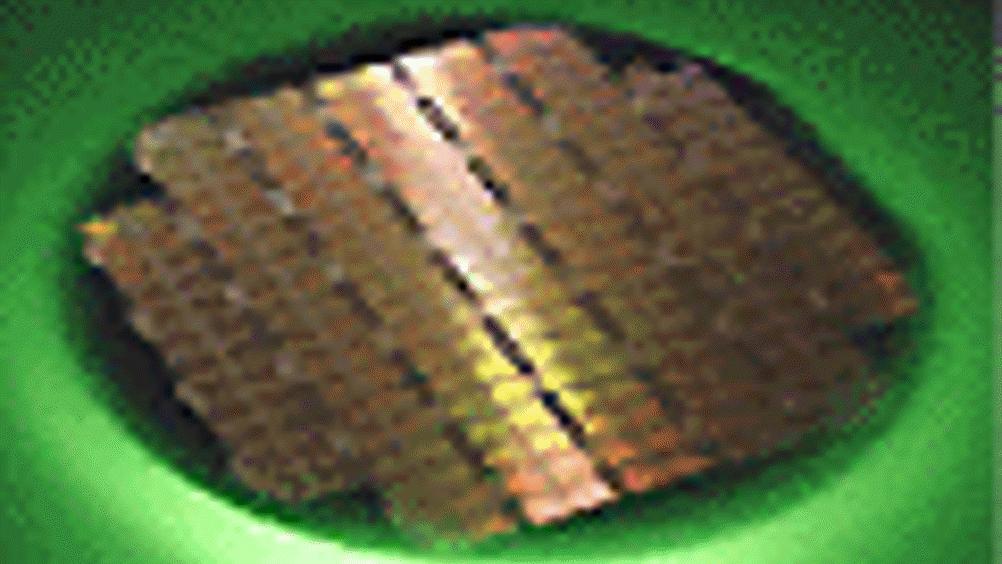Clean breakthrough
An increase in the size of semiconductor devices has prompted fab designers to take a bold new approach to higher specification handling. Charles Masi explains

A revolution in cleanroom technology for wafers up to 200mm diameter was achieved thanks to the standard mechanical interface (SMIF) which not only increased automation, but also improved cleanliness at lower cost.
But mechanical issues, such as size, shape and sensitivity, make it impossible to scale SMIF pods up to handle the new 300mm wafers. Instead, the latest generation of semiconductor fab facilities are installing an entirely new automated material handling system (AMHS) standard using front-opening universal pods (FOUPs).
First developed and commercialised in the 1980s, SMIF pods have long been the technology of choice for controlling contaminates in semiconductor fabrication facilities. They allow fab designers to enclose all the areas through which wafers pass in so-called ‘micro-environments’ having extremely high cleanliness characteristics, while the rest of the facility operates at a much lower cleanroom classification.
As semiconductor device manufacturers move to larger 300mm wafer processes, however, their equipment suppliers have found that it is not practical to scale SMIF pods up to handle them.
Register now to continue reading
Thanks for visiting The Engineer. You’ve now reached your monthly limit of news stories. Register for free to unlock unlimited access to all of our news coverage, as well as premium content including opinion, in-depth features and special reports.
Benefits of registering
-
In-depth insights and coverage of key emerging trends
-
Unrestricted access to special reports throughout the year
-
Daily technology news delivered straight to your inbox










Pipebots Transforming Water Pipe Leak Detection and Repair
Fantastic application.